Pimelic acid

Pimelic acid structure
|
Common Name | Pimelic acid | ||
|---|---|---|---|---|
| CAS Number | 111-16-0 | Molecular Weight | 160.168 | |
| Density | 1.2±0.1 g/cm3 | Boiling Point | 353.7±25.0 °C at 760 mmHg | |
| Molecular Formula | C7H12O4 | Melting Point | 103-105 °C(lit.) | |
| MSDS | Chinese USA | Flash Point | 181.9±19.7 °C | |
Use of Pimelic acidPimelic acid is the organic compound and its derivatives are involved in the biosynthesis of the amino acid called lysine. |
| Name | pimelic acid |
|---|---|
| Synonym | More Synonyms |
| Description | Pimelic acid is the organic compound and its derivatives are involved in the biosynthesis of the amino acid called lysine. |
|---|---|
| Related Catalog | |
| Target |
Human Endogenous Metabolite |
| Density | 1.2±0.1 g/cm3 |
|---|---|
| Boiling Point | 353.7±25.0 °C at 760 mmHg |
| Melting Point | 103-105 °C(lit.) |
| Molecular Formula | C7H12O4 |
| Molecular Weight | 160.168 |
| Flash Point | 181.9±19.7 °C |
| Exact Mass | 160.073563 |
| PSA | 74.60000 |
| LogP | 0.27 |
| Vapour Pressure | 0.0±1.7 mmHg at 25°C |
| Index of Refraction | 1.476 |
| Stability | Stable. Incompatible with oxidizing agents, bases. Combustible. |
| Water Solubility | 25 g/L (13 ºC) |
CHEMICAL IDENTIFICATION
HEALTH HAZARD DATAACUTE TOXICITY DATA
|
| Personal Protective Equipment | dust mask type N95 (US);Eyeshields;Gloves |
|---|---|
| Hazard Codes | Xi:Irritant; |
| Risk Phrases | R36/37/38 |
| Safety Phrases | S26-S36 |
| RIDADR | NONH for all modes of transport |
| WGK Germany | 2 |
| RTECS | TK3677000 |
| HS Code | 2917190090 |
| Precursor 9 | |
|---|---|
| DownStream 10 | |
| HS Code | 2917190090 |
|---|---|
| Summary | 2917190090 acyclic polycarboxylic acids, their anhydrides, halides, peroxides, peroxyacids and their derivatives VAT:17.0% Tax rebate rate:9.0% Supervision conditions:none MFN tariff:6.5% General tariff:30.0% |
|
Age-related reference values for urinary organic acids in a healthy Turkish pediatric population.
Clin. Chem. 40(6) , 862-6, (1994) Organic acid concentrations were quantified by gas chromatography and the individual acids identified by mass spectrometry in urine specimens from a healthy Turkish pediatric population of ages 2 days... |
|
|
Concentrations of riboflavin and related organic acids in children with protein-energy malnutrition.
Am. J. Clin. Nutr. 71(4) , 978-86, (2000) Riboflavin, flavin mononucleotide (FMN), and flavin adenine dinucleotide (FAD) concentrations have been little studied in cases of malnutrition.Our objective was to investigate the effects of malnutri... |
|
|
Azelaic acid--biochemistry and metabolism.
Acta Derm. Venereol. Suppl. (Stockh.) 143 , 8-13, (1989) Medium chain length dicarboxylic acids (DA) from C8 to C13 are competitive inhibitors of tyrosinase in vitro. The introduction of electron acceptor groups or electron donor groups into the 2 and/or th... |
| Pimefilina [INN-Spanish] |
| Heptanedioic acid |
| 1,3-dimethyl-7-[2-(pyridin-3-ylmethyl-amino)-ethyl]-3,7-dihydro-purine-2,6-dione |
| Pimefylline [INN] |
| Pimelic acid |
| Pimefyllinum [INN-Latin] |
| Pimefyllin |
| 7-(ss-3'-Picolylaminoaethyl)-theophyllin |
| Pimephylline |
| 7-(2-((3-Pyridylmethyl)amino)ethyl)theophylline |
| heptanedioate |
| 1,7-heptanedioic acid |
| EINECS 203-840-8 |
| Pimefylline |
| heptane-1,7-dioic acid |
| MFCD00004425 |
| UNII-BZQ96WX25F |
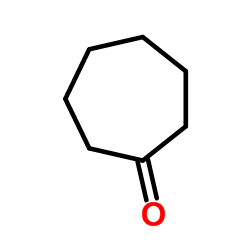 CAS#:502-42-1
CAS#:502-42-1 CAS#:628-92-2
CAS#:628-92-2 CAS#:646-20-8
CAS#:646-20-8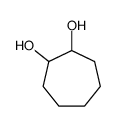 CAS#:13553-19-0
CAS#:13553-19-0 CAS#:4747-15-3
CAS#:4747-15-3 CAS#:88356-04-1
CAS#:88356-04-1 CAS#:22081-48-7
CAS#:22081-48-7 CAS#:502-41-0
CAS#:502-41-0 CAS#:13154-27-3
CAS#:13154-27-3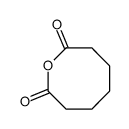 CAS#:10521-07-0
CAS#:10521-07-0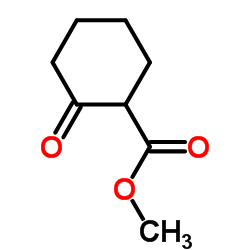 CAS#:41302-34-5
CAS#:41302-34-5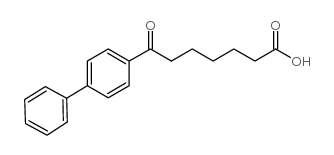 CAS#:362670-19-7
CAS#:362670-19-7 CAS#:33018-91-6
CAS#:33018-91-6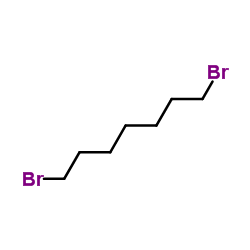 CAS#:4549-31-9
CAS#:4549-31-9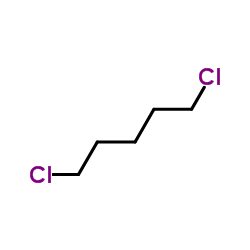 CAS#:628-76-2
CAS#:628-76-2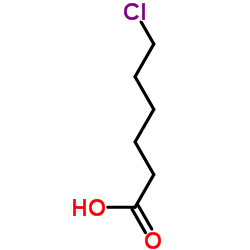 CAS#:4224-62-8
CAS#:4224-62-8 CAS#:108-94-1
CAS#:108-94-1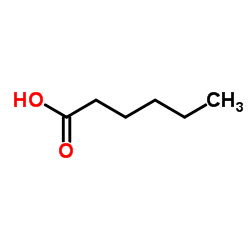 CAS#:142-62-1
CAS#:142-62-1 CAS#:462-94-2
CAS#:462-94-2
